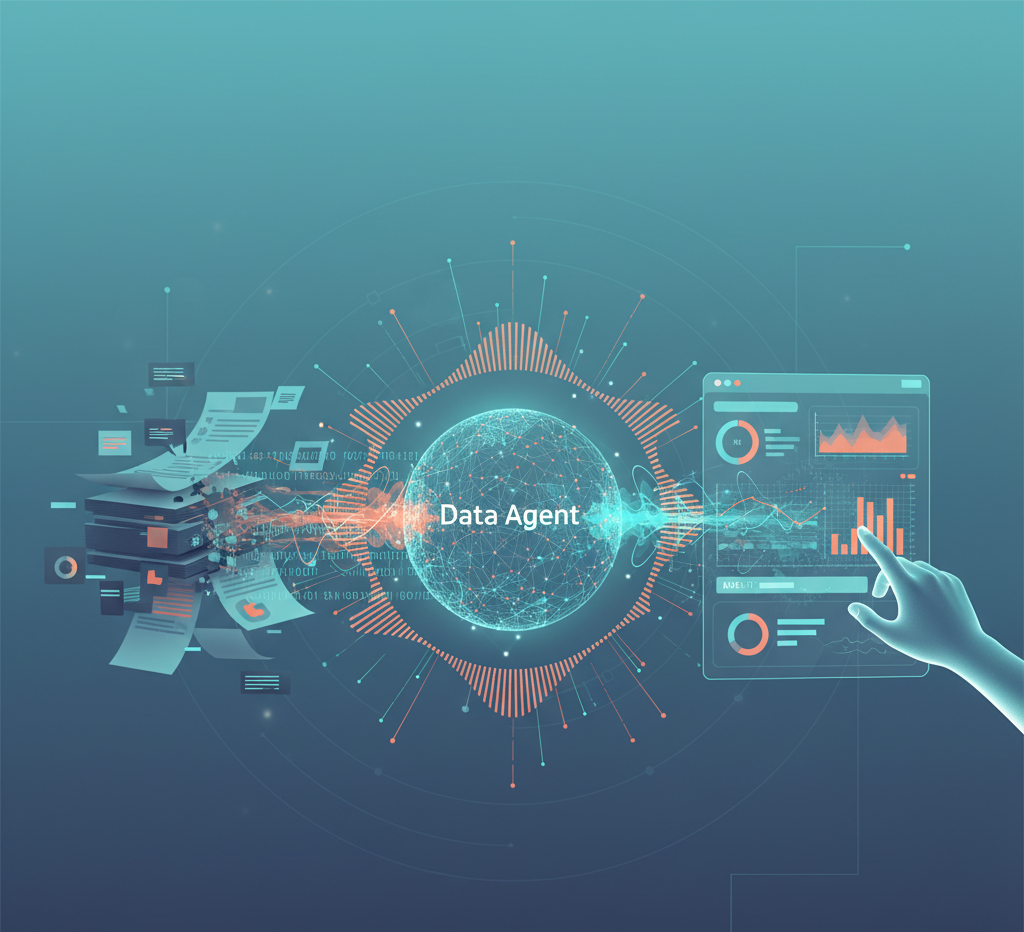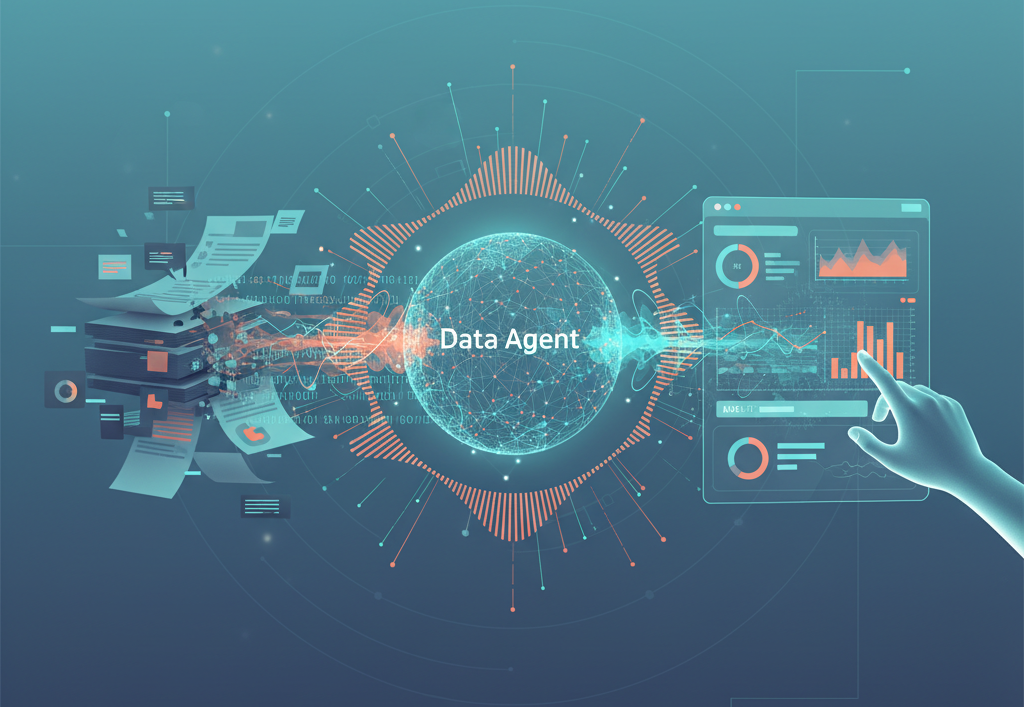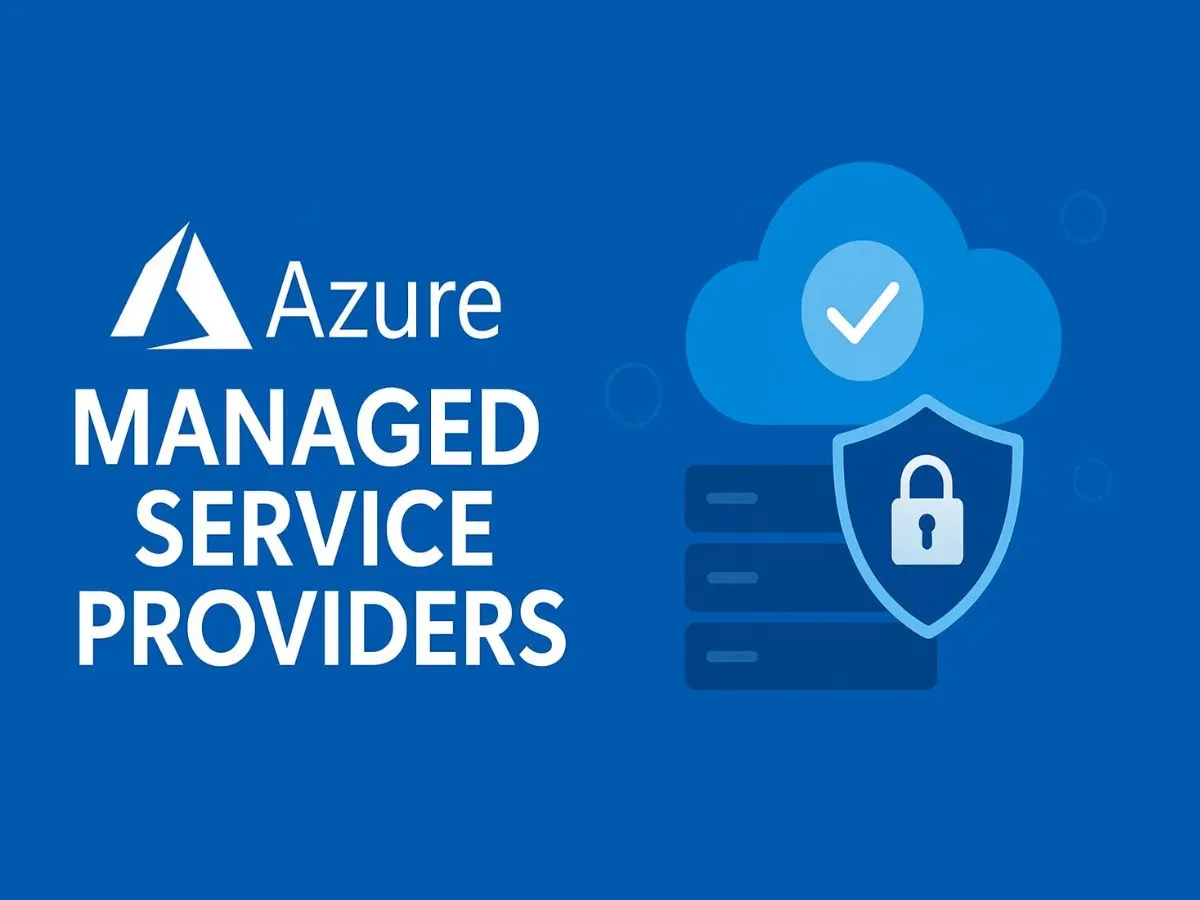Today, most organizations operate across multiple cloud providers—with workloads spread across Microsoft Azure, AWS, and Google Cloud. This multi-cloud strategy provides flexibility, resilience, and access to best-in-class services.
However, it also introduces complexity. Each cloud provider has its own management console, tools, and billing system. Teams must constantly switch between platforms, making it difficult to track usage, manage costs, and maintain visibility across the environment.
A cloud management portal simplifies this challenge by bringing all your cloud operations into a single, unified platform.
What a Cloud Management Portal Does
A cloud management portal connects directly to your various cloud accounts—Azure, AWS, Google Cloud, and more. It aggregates information from each provider and presents it in one centralized dashboard.
From this unified interface, you can:
- View all virtual machines, storage, databases, and applications across clouds
- Start, stop, or configure resources
- Apply governance and access controls
- Monitor usage, costs, and performance metrics
Instead of managing each platform separately, you operate from a single, consistent interface that simplifies cloud administration and reduces management overhead.
Gaining Visibility into Cloud Costs
Managing costs across multiple clouds can be one of the toughest challenges. Each provider bills separately, uses different pricing structures, and reports consumption differently. Understanding total cloud spend—and who’s responsible for it—can be time-consuming.
A cloud management portal consolidates your financial data across providers, showing you:
- Overall cloud spend and trends
- Cost breakdowns by service, team, or project
- Idle or underutilized resources
- Recommendations for optimization
This unified view helps you take control of your budget and make data-driven decisions.
At SNP Technologies, Inc., our Cloud Management Portal includes integrated cost optimization and FinOps tools that track consumption across clouds, identify inefficiencies, and provide actionable insights to reduce unnecessary spending.
Monitoring Services Across Clouds
In multi-cloud environments, monitoring uptime and performance can become complex. When a server fails or a network slows down, teams need quick insight into where and why the issue occurred.
A cloud management portal continuously monitors all your resources, providing real-time alerts and performance data. You can identify issues faster, respond proactively, and maintain consistent service reliability—without switching between multiple cloud dashboards.
Automating Repetitive Tasks
Cloud operations involve repetitive work—provisioning resources, deploying environments, scaling workloads, and applying configurations. Doing this manually is time-consuming and prone to error.
A cloud management portal enables automation and orchestration across all clouds. Using templates and policies, it:
- Automates resource provisioning
- Scales capacity dynamically
- Ensures configurations are consistent
- Reduces manual intervention and human error
This improves agility, enhances reliability, and frees up your IT teams to focus on strategic initiatives instead of daily maintenance.
Strengthening Multi-Cloud Security

Multi-cloud environments introduce new security challenges—each provider has unique identity, access, and compliance configurations. Maintaining consistent security across platforms can be difficult without the right tools.
A cloud management portal centralizes security governance. It helps you:
- Define and enforce access controls across all clouds
- Apply consistent security and compliance policies
- Monitor for policy violations or configuration drift
- Maintain full visibility into your security posture
You define the rules once, and the portal enforces them everywhere—ensuring your environment stays secure and compliant.
Maintaining an Accurate Inventory
As organizations scale, it’s easy to lose sight of what’s deployed where. Forgotten resources can continue consuming compute and storage, inflating costs and creating security gaps.
A cloud management portal automatically discovers and catalogs your resources across all cloud environments. You gain full visibility into your infrastructure—what exists, where it’s located, and how it’s used.
This accurate inventory supports better planning, governance, and optimization decisions.
At SNP Technologies, Inc., our Cloud Management Portal provides end-to-end visibility and control—covering discovery, provisioning, orchestration, automation, monitoring, governance, and cost optimization—for both multi-cloud and hybrid environments.
Managing Multiple Clouds
A multi-cloud strategy gives you flexibility, redundancy, and access to best-fit services from each provider. But without centralized visibility and control, it can quickly become overwhelming.
A cloud management portal transforms that complexity into clarity—enabling you to manage, secure, and optimize all your cloud resources from one place.
At SNP Technologies, Inc., we help organizations modernize cloud operations through our Cloud Management Portal and Managed Services. Our solution brings together automation, security, and cost optimization to simplify multi-cloud management and improve operational efficiency.
Contact SNP Technologies today to learn how our cloud management portal can help you gain control, visibility, and confidence across your multi-cloud environment.












